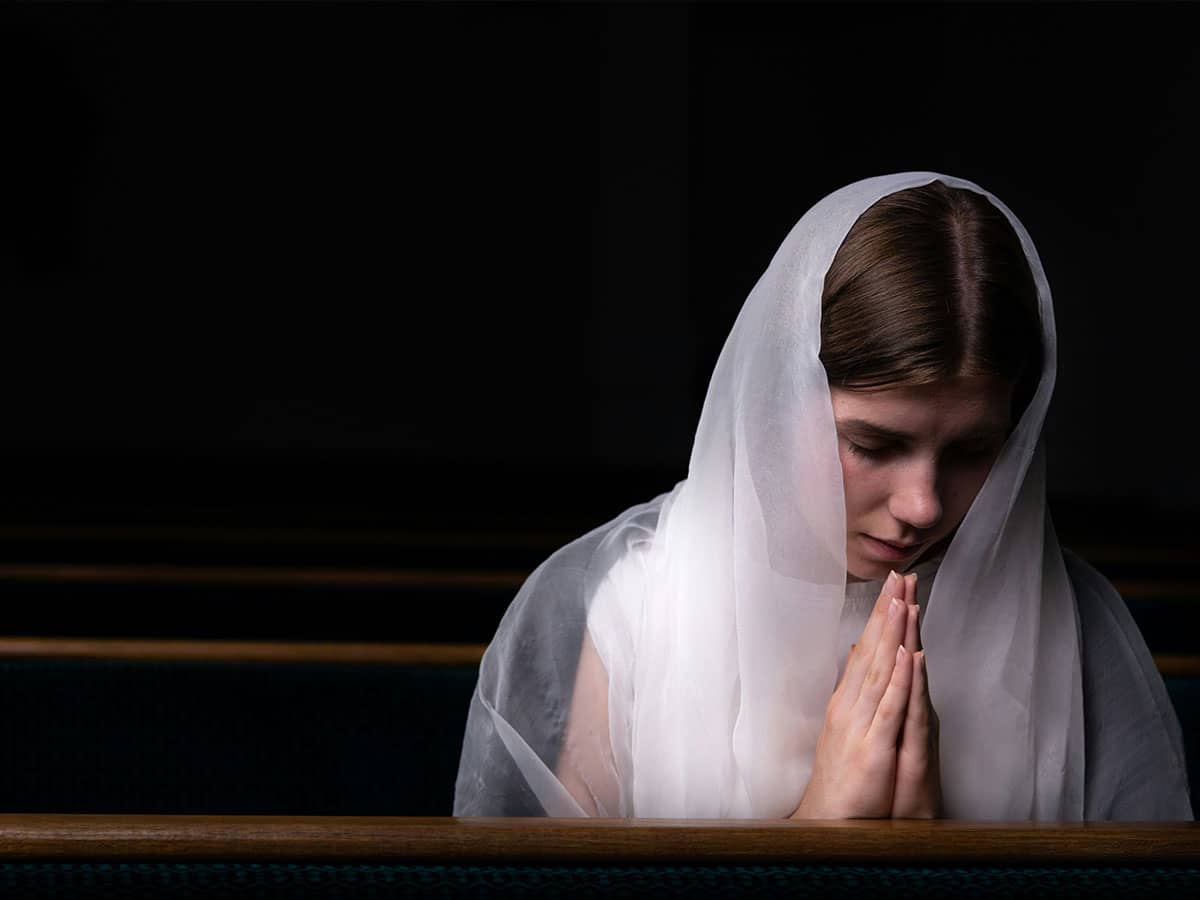I confess to a certain anxiety as I begin this reflection on homosexuality and the priesthood. Whatever is said about such a sensitive and complex issue is open to misunderstanding and seeming insensitivity. Some will deny the reality that many observers see as changing the face of the priesthood--that the percentage of homosexual priests and seminarians is significantly higher than it is in society at large. Others will see any attention given to the phenomenon as a symptom of the homophobia that is characteristic of individuals with less than open minds. Still others will wonder what difference sexual orientation makes in the celibate lives of priests. Regardless of the risks, the issue, I believe, deserves attention.
For more than a decade, now, voices have been heard expressing concern about the growing numbers of gay priests and seminarians. Vicars of priests and seminary administrators who have been around awhile speak among themselves of the disproportionate number of gay men that populate our seminaries and presbyterates. They know that a proportionate number of gay priests and seminarians would fall between 5 and 10 percent. The extent of the estimated disproportion, naturally enough, will vary depending on general perceptions, personal experiences, and the frequency of first-hand encounters with self-acknowledged gay priests.
The general perceptions, in turn, are often shaped by various studies and surveys which attempt to measure the percentage of priests who are gay. An NBC report on celibacy and the clergy found that "anywhere from 23 percent to 58 percent" of the Catholic clergy have a homosexual orientation. Other studies find that approximately half of American priests and seminarians are homosexually oriented. Sociologist James G. Wolf in his book Gay Priests concluded that 48.5 percent of priests and 55.1 percent of seminarians were gay. The percentage appears to be highest among priests under forty years of age. Moreover, the percentage of gay men among religious congregations of priests is believed to be even higher. Beyond these estimates, of course, are priests who remain confused about their orientation and men who have so successfully denied their orientation, that in spite of predominantly same-sex erotic fantasies, they insist that they are heterosexual.
The Significance
So what, it may be asked, if the Catholic Church is developing a heavily homosexual priesthood? Few would deny that throughout the Church's history many priests, bishops, popes, and saints were homosexual in orientation. Aware that holiness of life and goodness of heart transcend orientation, that charisms for ministry and preaching are bestowed on God's people as God freely disposes, seminary admission committees tend to focus on the applicant's overall suitability for priestly service.
As a matter of practice, if not policy, many dioceses and religious congregations are open to ordaining gay men if they demonstrate a commitment to celibate living. They tend to be men who are nurturing, intelligent, talented, and sensitive-qualities especially suited to ministry. Often they excel as liturgists and homilists. Without question, gay priests minister creatively and effectively at every level of pastoral leadership. The vast majority keep their orientation to themselves.
My impression is that most laypeople react sympathetically and compassionately and respectfully to a priest who might be gay so long as he is a good and hardworking priest, keeps his celibate promise and does not become part of the homosexual subculture.
If disproportionate numbers of gay seminarians and priests present formational and pastoral dilemmas for the Church, a number of questions arise. What is a "proportionate" number of gay seminarians and priests? Should seminaries admit only a "proportionate" number of gay applicants? Should dioceses that accept homosexual candidates for the priesthood committed to the celibate life change their policy? How do seminary faculties show pastoral support to the seminarian who discovers his orientation well into his course of studies? How do seminary faculties address the gay subcultures that inevitably develop when significant numbers of the seminary community are gay?
These questions are important because the emergence of a sub-culture within a seminary or religious order based on sexual orientation is a serious challenge to the unity and integrity of the community, according to Timothy Radcliffe, Master of the Order of Preachers. Radcliffe writes,
It can threaten the unity of the community; it can make it harder for the brethren to practice the chastity which we have vowed. It can put pressure on brethren to think of themselves in a way that is not central to their vocation as preachers of the Kingdom....I believe rectors and formation faculties have yet to determine the kind of vocational support appropriate to the straight seminarian living in the midst of a gay subculture. Should our seminaries become significantly gay, and many seasoned observers find them to be precisely that, the priesthood of the twenty-first century will likely be perceived as a predominantly gay profession.
Out of the Clerical Closet
The last decades of the twentieth century witnessed the formation of informal and discreet networks of gay priests in most dioceses from coast to coast. Among themselves, it is clear, gay priests are comfortable with other gay priests knowing their orientation.
As gay priests come out among themselves (there is at least one Midwest congregation of religious men that I know of which holds a gay caucus when their members meet in assembly), religious and diocesan leadership need to distinguish between the celibate, both straight or gay, who is struggling and sometimes failing to be chaste and the priest or religious who coolly exploits the priesthood or the congregation for his own destructive purposes.
The priesthood's crisis of soul, and by extension, the Church's crisis of soul, is in part a crisis of orientation. Sooner or later the issue will be faced more forthrightly than it has in the closing decades of the twentieth century. The longer the delay, the greater the harm to the priesthood and to the Church.

